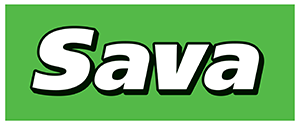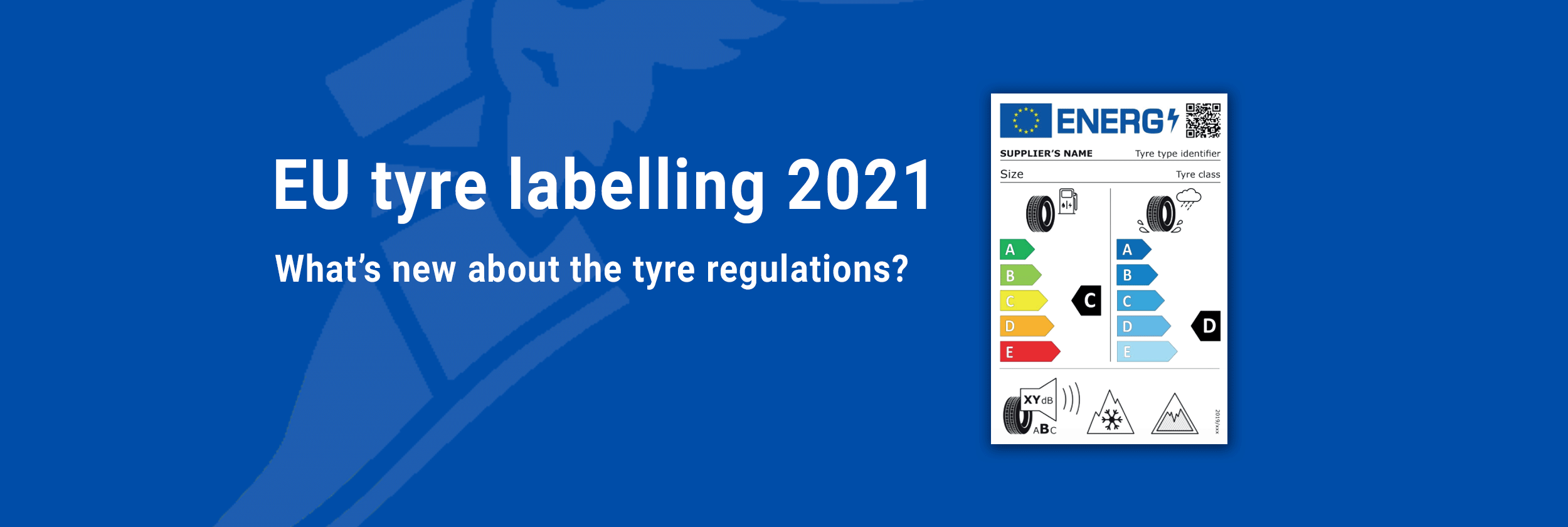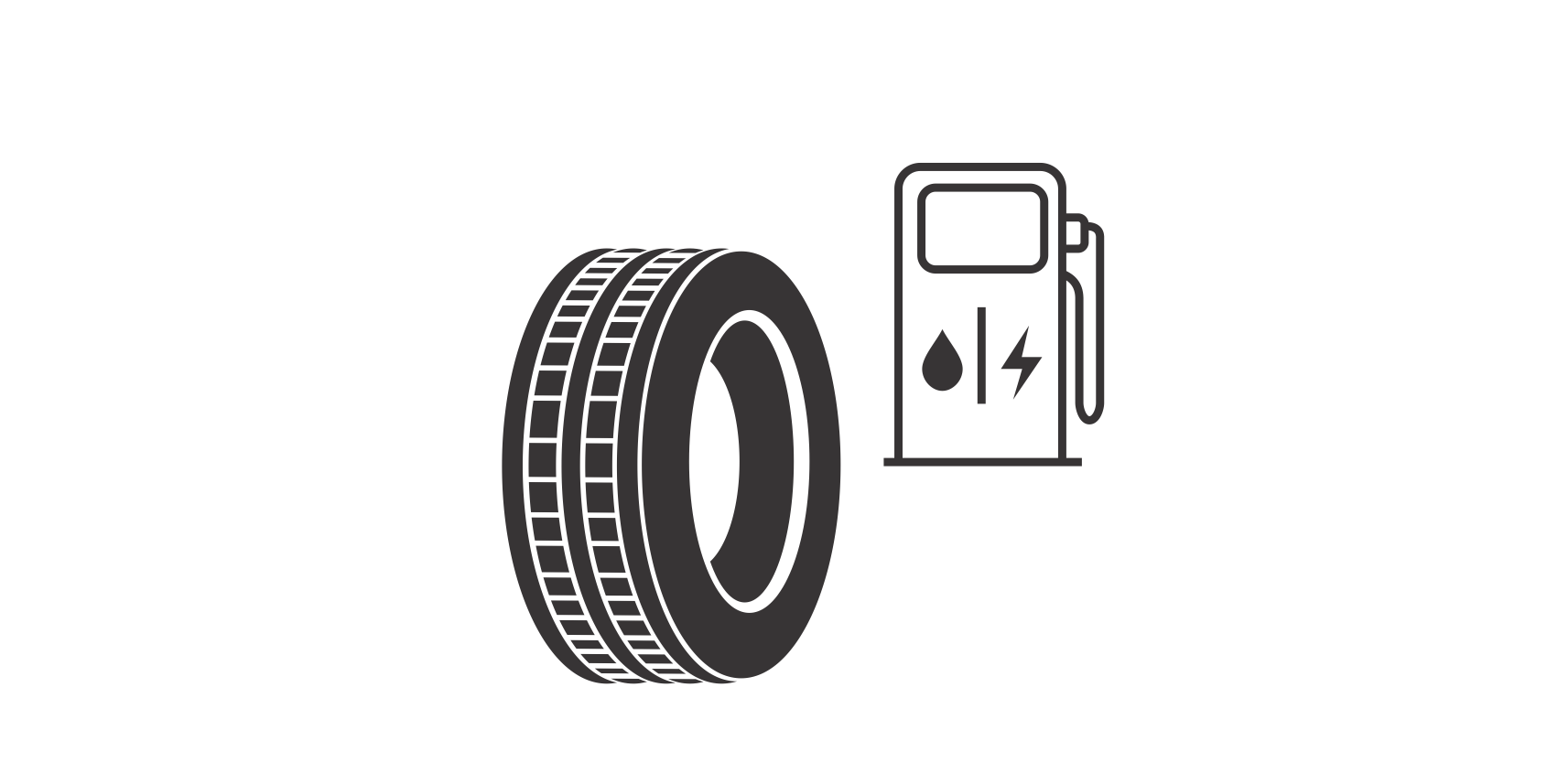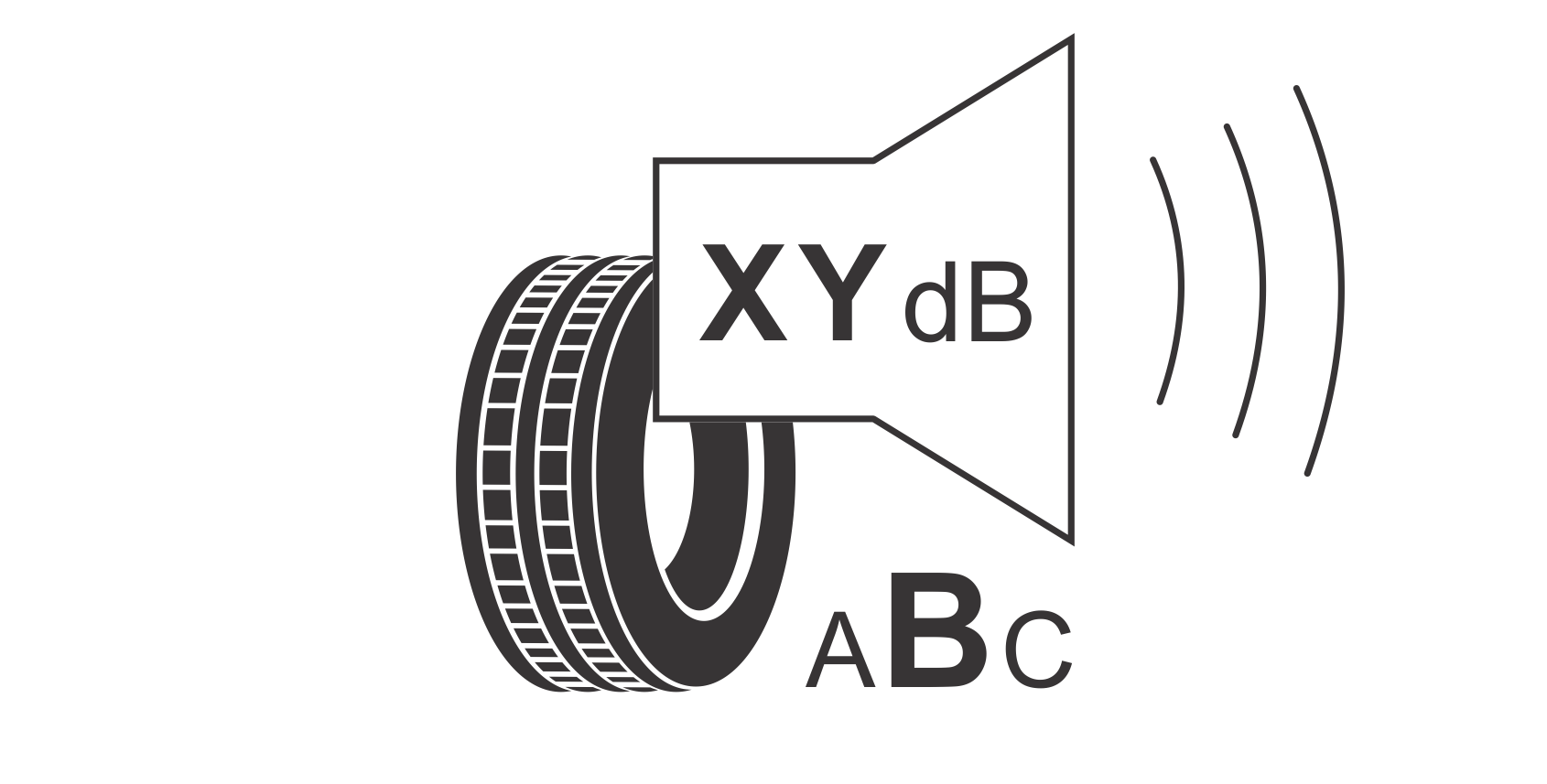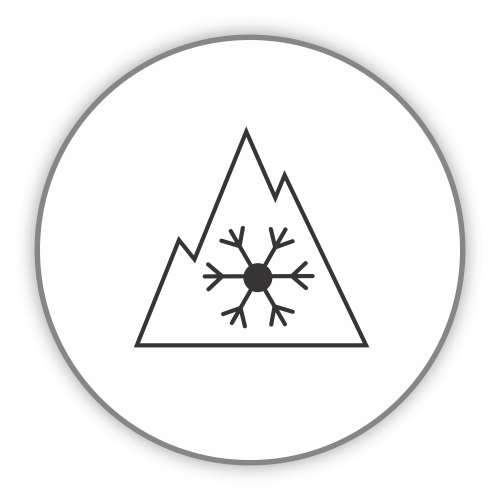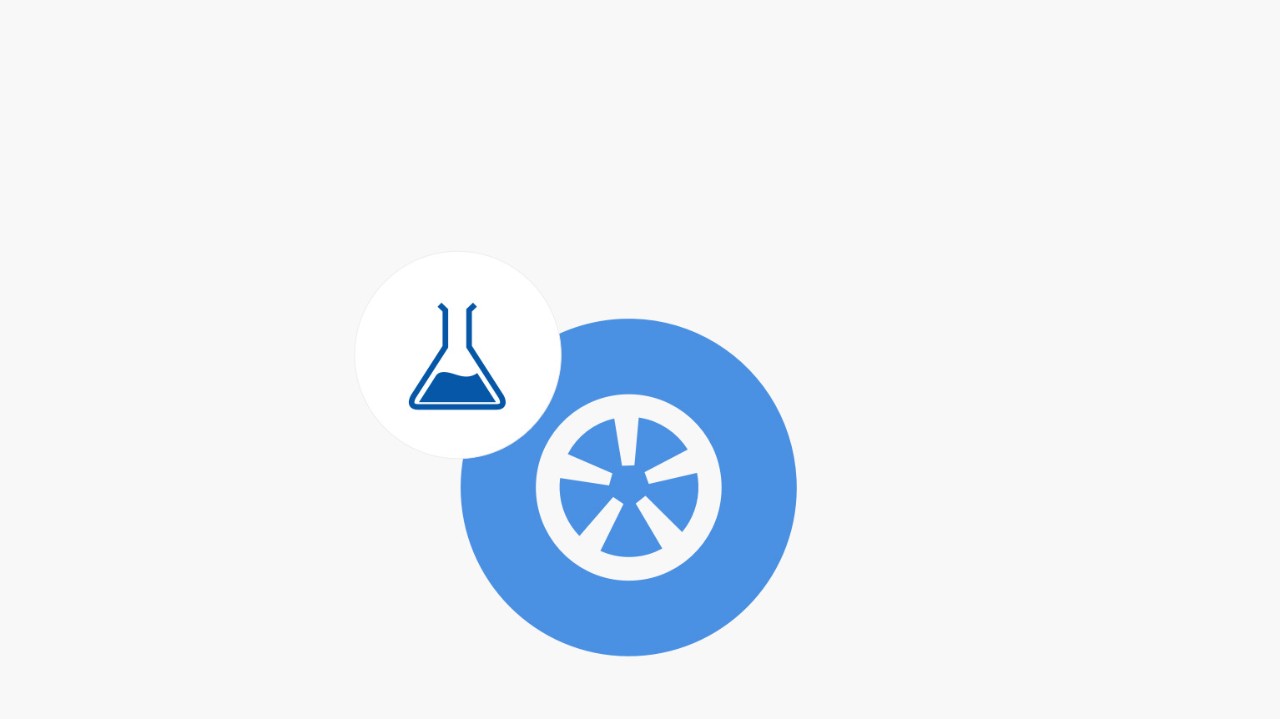The snow tyre icon:
There are two new options for including an additional icon. The snow tyre icon shows, if a tyre is suitable for severe snow conditions. It bears a three-peak mountain snowflake symbol (3PMSF) that is incorporated in the sidewall of such tyres. The pictogram is granted by measuring the braking distance of a car from 25 mph on compacted snow or by measuring the traction force of a tyre. For a truck, the pictogram is granted by measuring the acceleration performance of a tyre. Snow grip performance in general is tested in accordance with Annex 7 to UNECE Regulation No 117. The regulation describes in detail such factors as test surface, air temperature, testing vehicle, load, pressure, speed, and many more.



